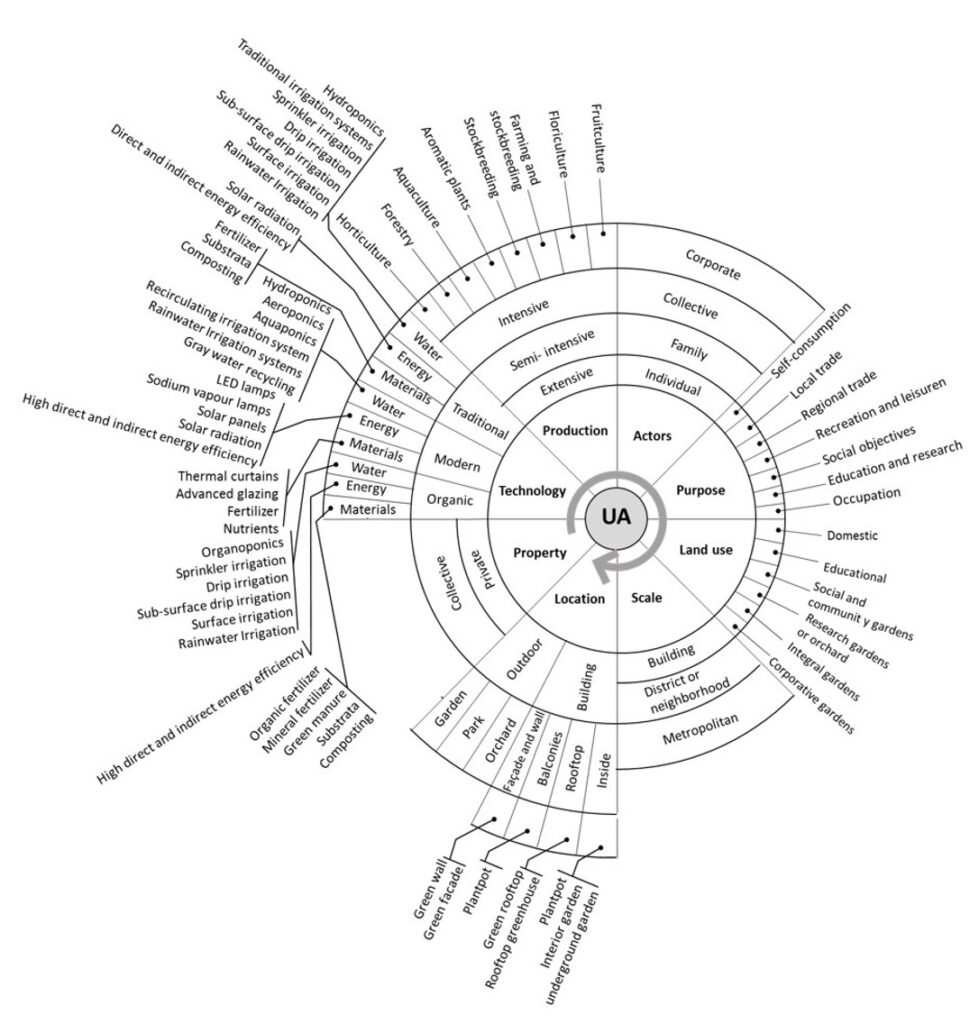Why urban agriculture?
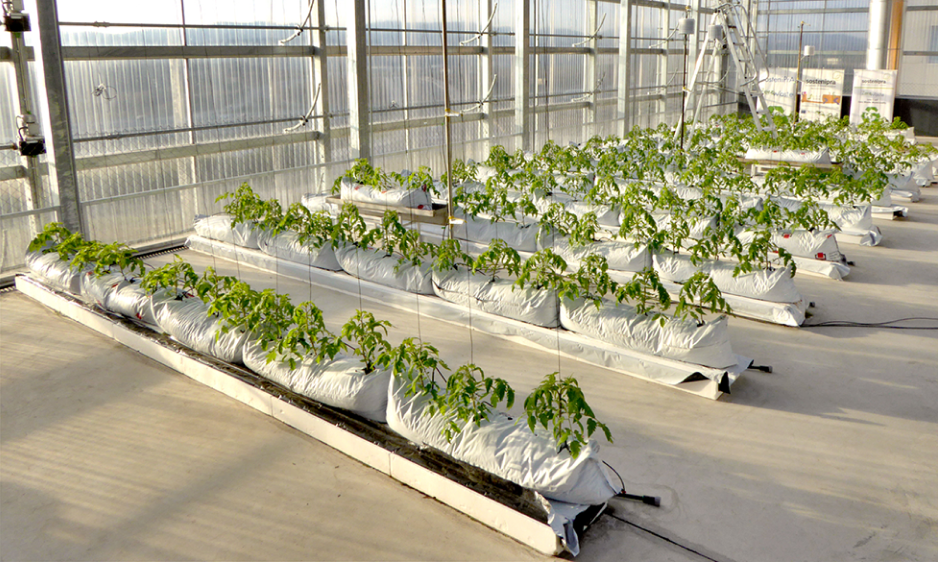
Why do we need urban agriculture?
Urban agriculture was born as an alternative to the complexity and inefficiency of long food supply chains. The food we consume in cities has traveled thousands of miles to reach our plate. With urban agriculture, we bring consumers closer to producers because they are the same person.
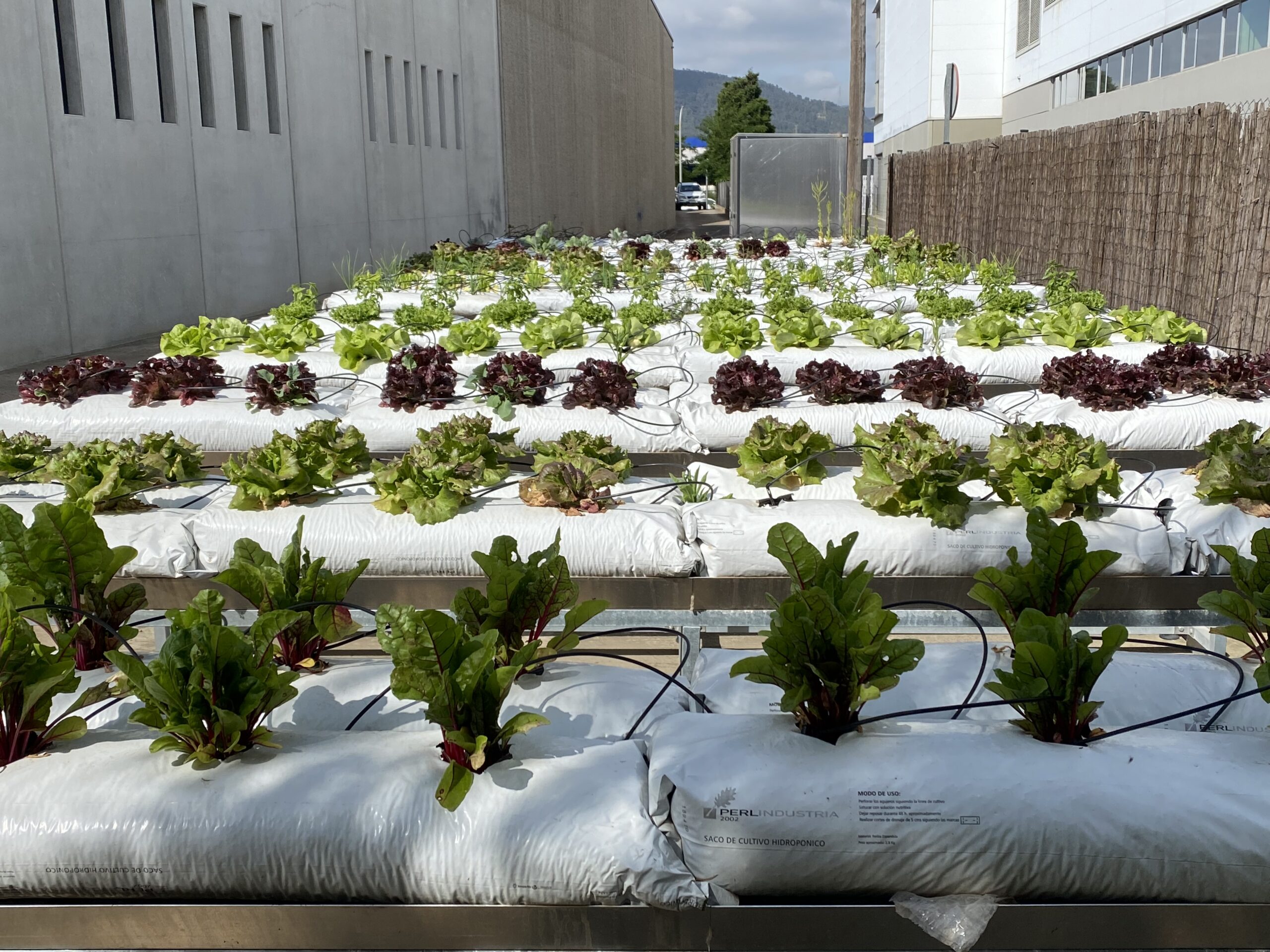
What is urban agriculture?
Urban agriculture is that type of agriculture that produces food within the boundaries of urban areas
It is not a simple concept: urban agriculture can take different forms, use different substrates and form a series of synergies with other systems, such as the use of rainwater or recovered nutrients.
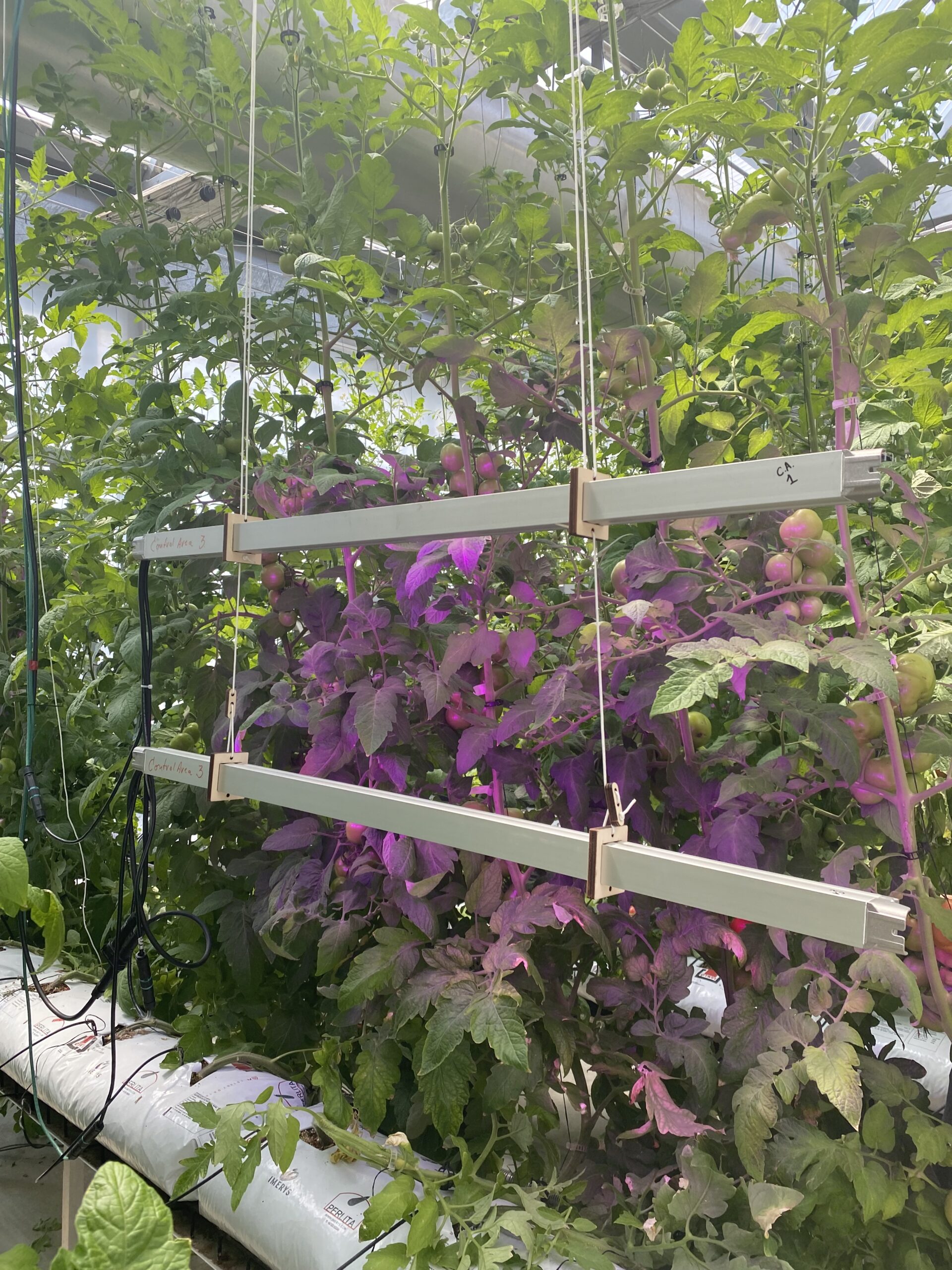
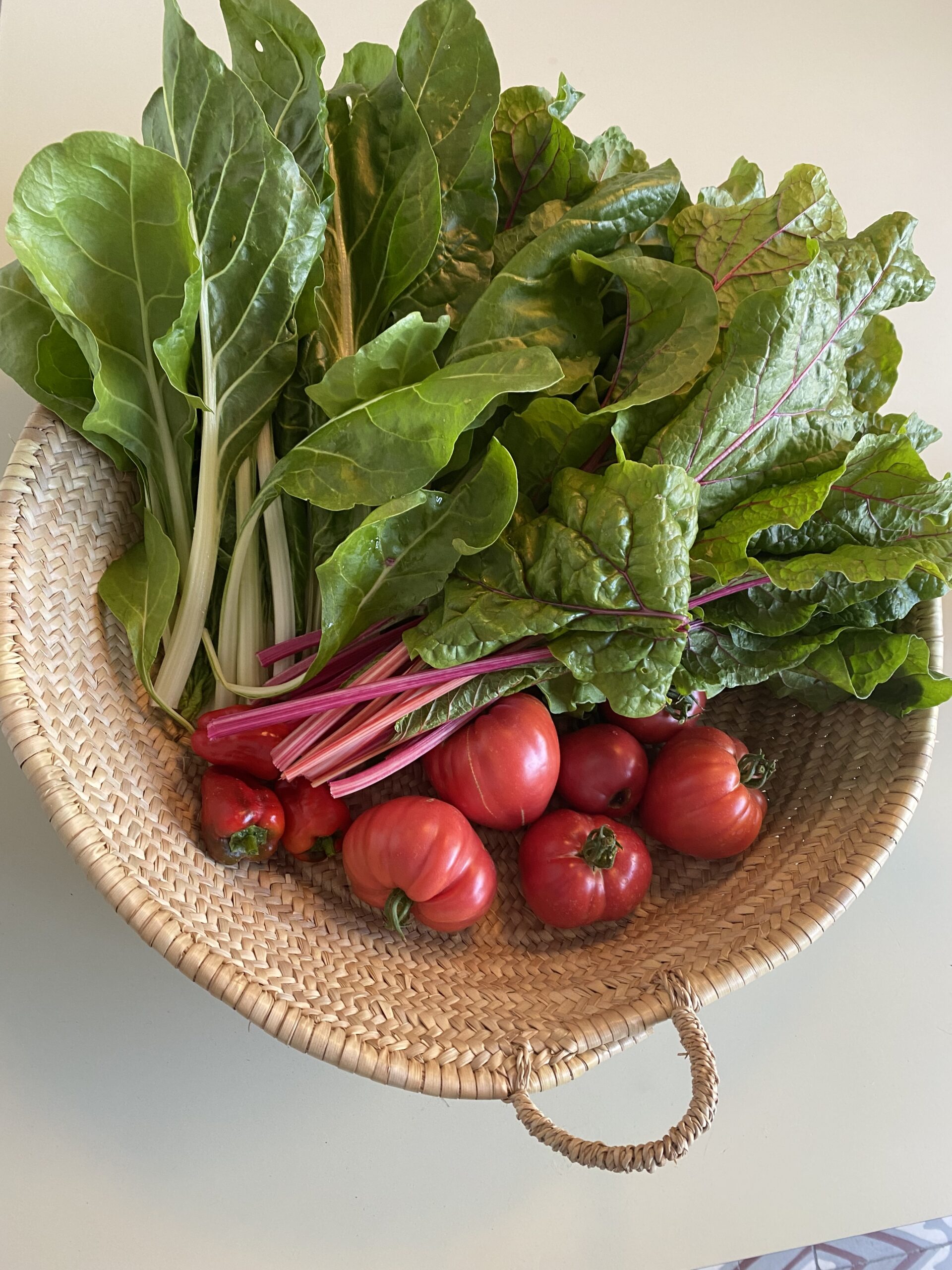
What benefits
does urban agriculture have?
The benefits of urban agriculture can be summarized in the three dimensions of sustainability:
Environmental
Environmentally, it reduces emissions related to food transport and offers opportunities for the reuse of resources in the urban environment.
Social
Socially, it contributes to the food sovereignty of cities and strengthens relations between neighborhood communities.
Economic
Economically, it brings food to the local market, competes with imported food, and contributes to the domestic economy.
Who is urban agriculture for?
Urban agriculture is aimed at a wide variety of audiences and stakeholders.
Individuals, couples and families who want to grow lettuce, tomatoes, spinach or vegetables on their balcony or roof; neighborhood communities willing to collaborate to have a green and productive roof; catering establishments that want to offer products with self-produced kilometer zero vegetables; companies that want to improve the well-being of workers by offering them the opportunity to care for the garden on the company’s roof and take home some magnificent endives.
